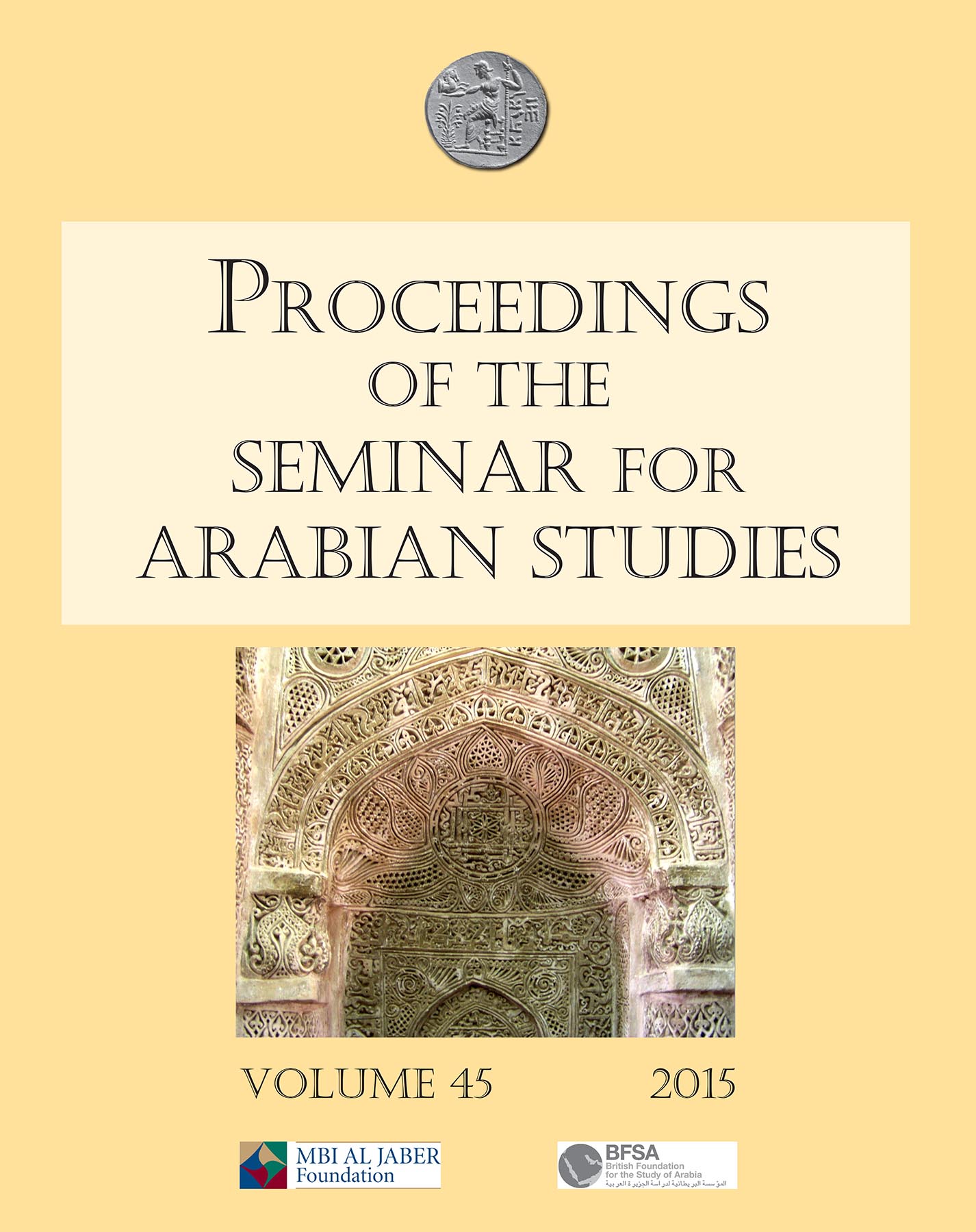Boat and ship engravings at al-Zubārah, Qatar: the dāw exposed?
Keywords:
Qatar, al-Zubārah, dhow, graffiti, archaeologyAbstract
Ongoing excavations at the site of al-Zubärah, Qatar have revealed a number of images of boats and ships engraved into plaster on walls at the site. The images offer a new insight into the vessels used and encountered by the inhabitants of the settlement, which was occupied chiefly in the late eighteenth and nineteenth centuries. This paper presents the vessels within their archaeological contexts, describes their iconographie features, and proposes identifications of their types based on typological comparison with other iconographie evidence. It considers the functions of these craft within the maritime economy of al-Zubārah, and their meaning within the social and cultural life of the settlement. Indigenous depictions of pre-twentieth-century regional watercraft are relatively rare, making the al-Zubārah images a welcome addition to the field of nautical studies in and of the Gulf region. The images have also highlighted tension between iconography and written historical sources. Do some of these images depict an elusive and specific vessel type referred to as the daw, as some sources suggest? Or should we accept that the familiar but etic term 'dhow' is an orientalist placeholder for a rich variety of regional craft? The problem is investigated through British colonial records and historical accounts and iconography.
References
.
Published
How to Cite
Issue
Section
License
Archaeopress Publishing, Oxford, UK


